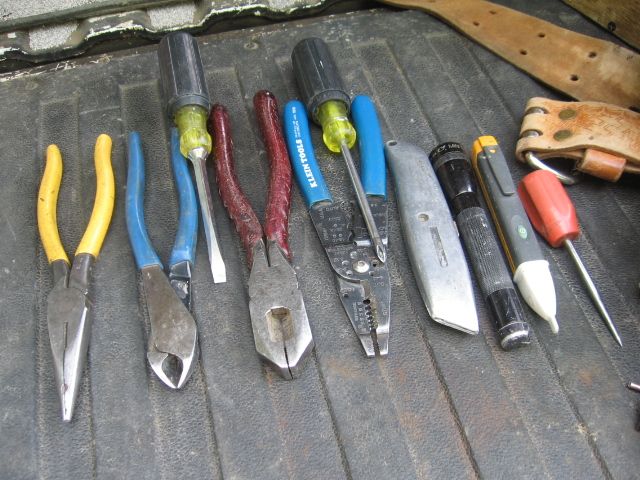I need to replace some wires on an e-unit that I am installing in my 736... I bought the e-unit used and it looks like it has the original wires, but they are a little too short, and need to extend or replace them.
I'm looking at purchasing some 18 gauge wire in different colors, judging by the size hole on my wire cutters, anything smaller, like 20 gauge, seems too small.
I may need some wire for future train repair projects, so this one on Amazon looks good to me.
I may check the local stores, but I have found the hardware and Home Depot stores to be limited more to 16 gauge or larger.
Any recommendations of various size wire for most engine & car repairs ?








